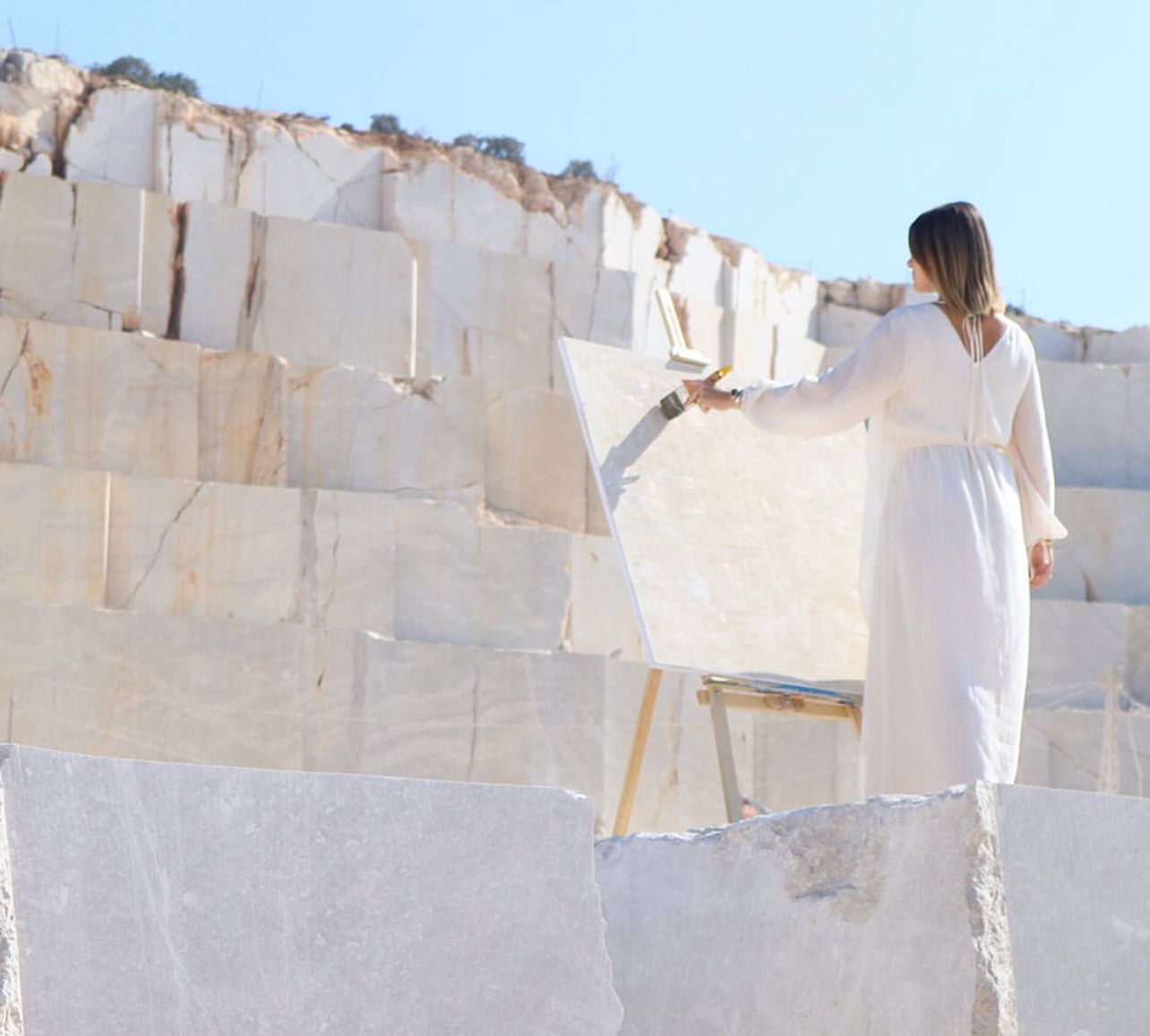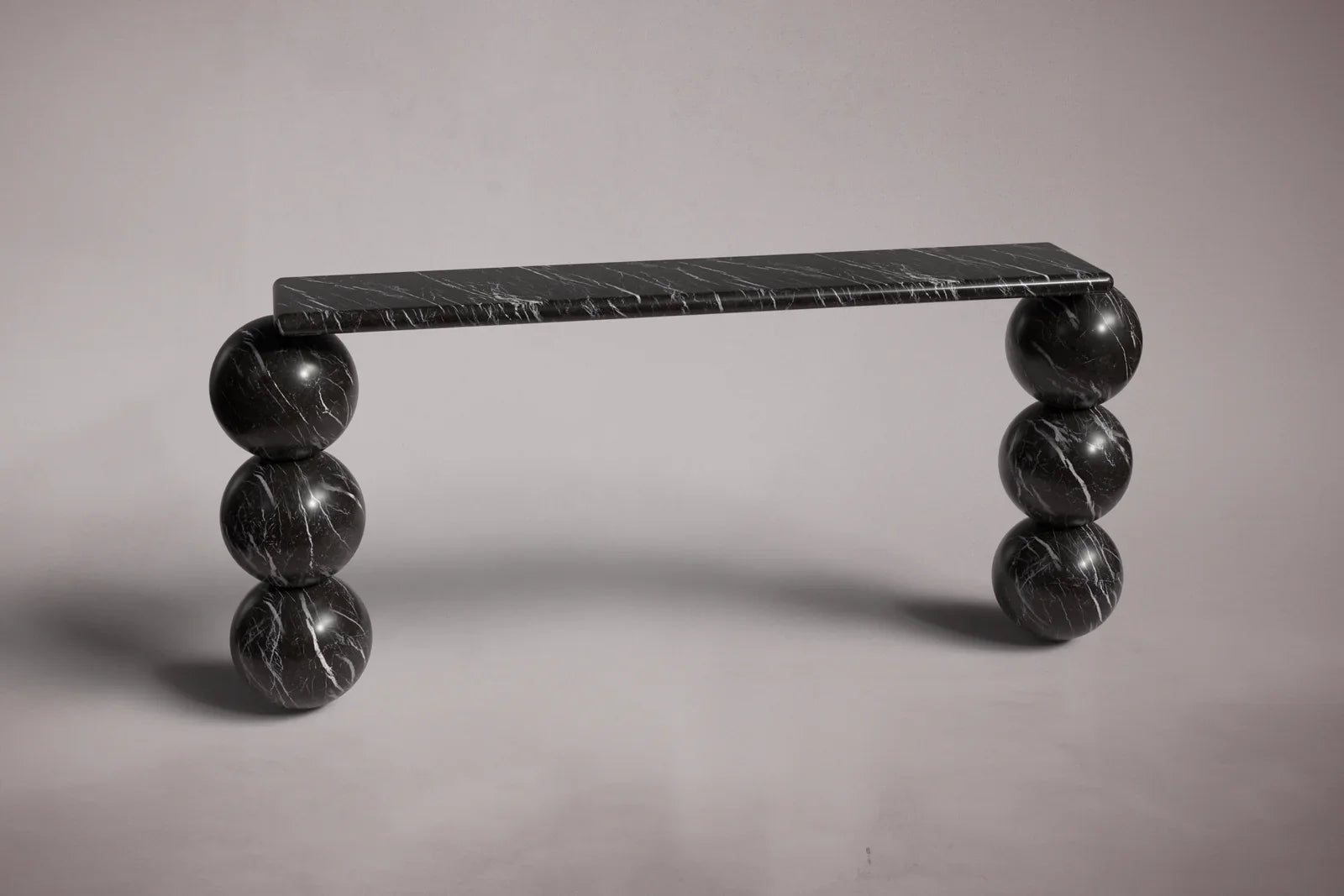
The Transformation of Marble: From Quarry to Your Home
Introduction
Marble has long been associated with luxury, artistry, and craftsmanship. Whether used in grand architectural structures or refined home décor, this natural stone adds an element of timeless elegance to any setting. But what exactly happens before a raw block of stone becomes a polished masterpiece? This blog series takes you through the fascinating journey of marble, from extraction at the quarry to its final installation in homes and public spaces.
Step 1: Quarrying – Extracting Marble from Nature
The process begins in quarries, where massive blocks of marble are carefully cut from mountain formations. Quarrying is a highly technical operation that involves the use of diamond wire saws, drilling machines, and, in some cases, controlled blasting. The goal is to extract large stone blocks while preserving their structural integrity.
Once extracted, these heavy blocks are transported to processing plants using specialized cranes and trucks. Handling must be done with precision to prevent any damage during transit.
Step 2: Cutting & Shaping – Crafting the Stone into Usable Forms
Upon arrival at the factory, raw marble blocks undergo cutting and shaping to determine their final form and function.
1. Block Cutting – Slicing the Stone into Slabs
The first step is cutting the marble into slabs of varying thicknesses, depending on its intended application.
- Gang Saws: These machines use multiple steel blades along with an abrasive slurry (a mix of water and silicon carbide) to gradually slice through the stone. This method is ideal for thicker slabs.
- Multi-Wire Saws: Equipped with diamond-coated wires, these machines cut through marble with precision, minimizing waste and increasing efficiency. This method is commonly used for thinner, more uniform slabs.
For example, countertops require thicker slabs, while flooring and wall cladding typically use thinner ones.
2. Shaping the Marble – Creating Unique Designs
After being cut into slabs, marble is further processed to achieve specific designs and forms.
- CNC (Computer Numerical Control) Machines: These automated machines carve detailed patterns, curves, and edges, making them ideal for customized furniture, sinks, and sculptures.
- Water Jet Cutting: This technique uses high-pressure water mixed with abrasives to create intricate cuts with extreme precision, perfect for detailed inlays and artistic designs.
- Manual Carving: Skilled artisans handcraft unique pieces using chisels and grinders, adding a personal touch to sculptures, columns, and decorative elements.
3. Reinforcement – Enhancing Strength and Durability
To ensure durability, some marble slabs undergo reinforcement processes:
- Fiberglass Mesh Backing: A strong mesh is attached to the back of thin marble slabs to prevent breakage.
- Resin or Epoxy Treatment: Natural cracks and weak spots are filled with resin or epoxy to enhance the stone’s stability and maintain a flawless appearance.
Once the marble is cut, shaped, and reinforced, it moves on to the next stage—polishing and finishing.
Step 3: Polishing & Finishing – Enhancing the Natural Beauty
Polishing is what gives marble its signature shine and smooth surface, bringing out its natural veining and texture.
- Grinding: Industrial-grade diamond abrasives smooth the rough surface.
- Polishing: Different levels of polish can be applied, from a matte honed finish to a high-gloss mirror effect.
- Sealing: A protective sealant is applied to prevent stains and moisture absorption, prolonging the stone’s lifespan.
Depending on the desired aesthetic, additional treatments such as texturing or etching may be used to create unique artistic effects.
Step 4: Installation – Bringing Marble into Everyday Spaces
Once polished, marble is transported to its final destination, where it is carefully installed in homes, offices, and architectural projects.
- Countertops & Flooring: Large marble slabs are used in kitchens and interior spaces, adding a luxurious touch.
- Furniture & Décor: Custom-made tables, sculptures, and decorative pieces become focal points in interior design.
- Architectural Features: Columns, fireplaces, and wall cladding elevate buildings with an opulent aesthetic.
Each marble piece tells a story of transformation, from raw stone to refined beauty, showcasing the skill and dedication of craftsmen.
A Legacy of Craftsmanship
Marble is more than just a material; it represents centuries of artistry and skilled craftsmanship. In our upcoming posts, we will explore each step in greater detail, with exclusive behind-the-scenes videos that highlight the incredible expertise involved in marble production.

